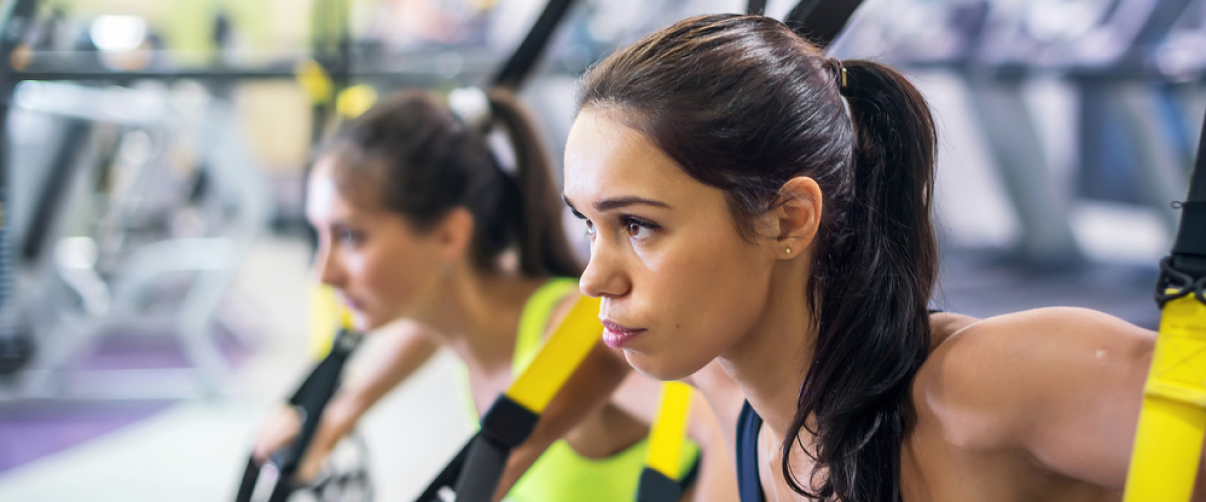In an age where time is precious and convenience is paramount, finding efficient ways to stay fit without the constraints of a gym membership is increasingly appealing. The question arises: Can you really get fit without equipment? The answer is a resounding yes. Bodyweight workouts offer a versatile and effective alternative to traditional gym routines, proving that your own body is the only tool you need to achieve your fitness goals.
Bodyweight vs Gym Workouts: Can You Get Fit Without Equipment?

The Convenience of Bodyweight Training
One of the most significant advantages of bodyweight exercises is their accessibility. Without the need for machines or weights, you can perform a full-body workout anytime, anywhere. This means no more waiting for equipment at the gym or adjusting your schedule to fit gym hours. According to WebMD, no-equipment workouts can be done anywhere—at home, while traveling, or at work, making them an economical and convenient option for everyone.
Effectiveness of Bodyweight Exercises
You might wonder if exercises without weights can genuinely build muscle and improve strength. The answer lies in the science of resistance training. Your body provides ample resistance to challenge your muscles effectively. As highlighted by Nike, exercises like squat jumps can significantly engage muscle groups because your body serves as the weight you’re lifting.
Research has shown that bodyweight training can enhance various fitness parameters. A ten-week program focusing on bodyweight exercises can lead to improvements in muscle strength, endurance, and flexibility. This is because bodyweight exercises often utilize compound movements, engaging multiple muscle groups simultaneously. Darebee emphasizes that these exercises activate multiple muscles simultaneously, enhancing functional strength and overall fitness.
Comparing Bodyweight Training to Gym Workouts
Gym workouts typically involve weightlifting, which allows for isolating specific muscle groups and easily adjusting resistance levels. This method is excellent for those aiming to build muscle mass and achieve visible results quickly. However, it may not promote functional strength or coordination across the entire body. On the other hand, bodyweight training focuses on natural movements that improve overall strength, balance, and flexibility.
Healthline points out that calisthenics (bodyweight exercises) burn more calories and enhance body awareness due to compound movements. This makes bodyweight exercises particularly effective for those looking to lose weight and improve muscle definition.
Versatility and Adaptability
Bodyweight exercises are inherently adaptable to various fitness levels. Beginners can start with fundamental movements and gradually progress to more complex variations. For example, you might begin with standard squats and advance to pistol squats as your strength improves. Nike suggests that by manipulating exercise rep schemes and tempo, you can increase intensity and continue to challenge your muscles without additional equipment.
Functional Strength vs. Muscle Bulk
If your goal is to develop functional strength that translates to everyday activities, bodyweight training is highly effective. These exercises improve coordination, balance, and the ability to perform daily tasks with ease. Darebee notes that bodyweight training results in functional muscles rather than bulky ones, which is beneficial for overall health and mobility.
Financial Benefits
Cost is a significant factor in choosing a fitness regimen. Gym memberships can be expensive, averaging around $58 per month in the U.S. WebMD highlights that no-equipment workouts eliminate the need for a gym membership, making fitness accessible to those who might be deterred by the cost.
Practical Tips for Bodyweight Training
To maximize the benefits of bodyweight exercises, focus on proper form and consistency. Incorporate a variety of movements to target all major muscle groups:
- Push-Ups: Engage the arms, chest, abdomen, and legs. Modify by starting on your knees if necessary.
- Planks: Strengthen the core muscles, including the back, shoulders, abs, and glutes.
- Squats: Build lower body strength and muscle tone. Progress to jump squats for added intensity.
- Burpees: Offer a full-body workout and cardio benefits. Adjust the difficulty by modifying the movement speed.
- Mountain Climbers: Target the core, shoulders, arms, and legs, with intensity adjustable by speed.
According to WebMD, these exercises are suitable for all fitness levels and can be modified accordingly.
The Role of Creativity in Workouts
Bodyweight training allows for creativity in your fitness routine. You can incorporate household items for added resistance or challenge. Darebee suggests that simple equipment like wrist or ankle weights, heavier shoes, or even household items can increase workout difficulty. This adaptability keeps workouts engaging and prevents plateaus.
Conclusion
So, can you get fit without equipment? The evidence suggests that you can achieve significant fitness improvements through bodyweight exercises alone. These workouts enhance functional strength, flexibility, and overall health. They are accessible, cost-effective, and adaptable to any fitness level. By focusing on consistent progression and variety, you can continue to challenge yourself and reach your fitness goals without ever stepping foot in a gym.
Embrace the power of bodyweight training and discover a versatile approach to fitness that fits seamlessly into your lifestyle.
Note: This article is based on information from reputable sources to provide an informed perspective on bodyweight vs. gym workouts.











